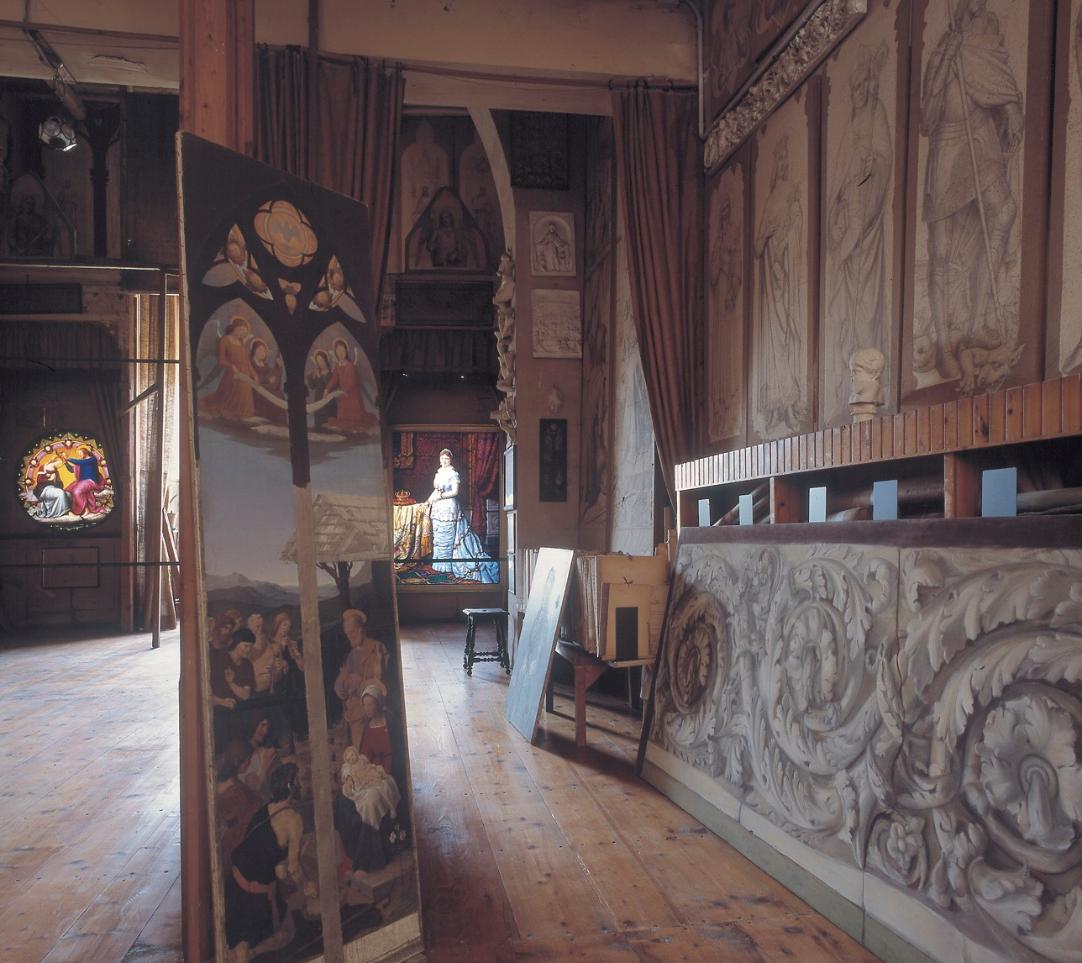Master goldsmiths and glassmakers - Master goldsmiths and glassmakers
Artigianato The Goldsmith's art
The Goldsmith's art
Master goldsmiths and glassmakers
2968652 The Goldsmith's art Master goldsmiths and glassmakers The Goldsmith's art Artigianato 1
Glass and gold: precious arts of Umbria's past and present
Orvieto
Torgiano
Piegaro
Perugia

























